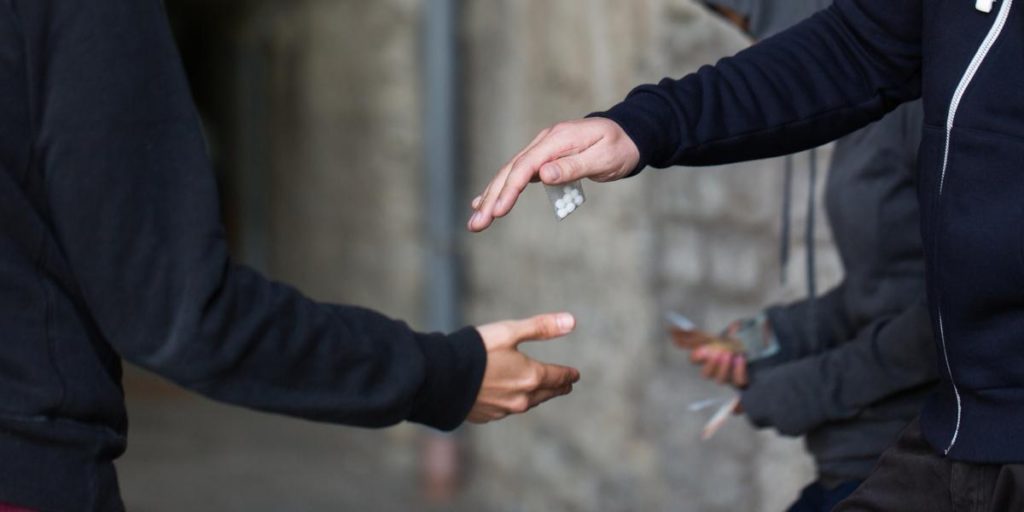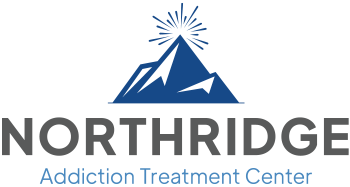Types of Barbiturates

Around for over 150 years, barbiturate abuse has plagued the United States since its invention. Originally used to treat seizure disorders, insomnia, tension headaches, and anxiety, the sedative effects of barbiturates made them popular on the illicit drug market.
Sometimes called sedatives, hypnotics, and tranquilizers, barbiturates have largely fallen out of use except for specific circumstances, including conditions that have not responded to other treatments, surgery, physician-assisted suicide, and government-sanctioned executions.
Despite their limited medical use, barbituates continue to be popular in the United States on the street and as a mixing agent with other drugs.
What Are Barbiturates?
Barbiturates are a sedative-hypnotic central nervous system depressant, a schedule II drug in the United States.
Medically, barbiturates help treat seizure disorders that have not responded to other medications, withdrawal symptoms in infants, preoperative anxiety, and induce unconsciousness for surgical procedures. The drug is administered intravenously or in oral tablet form.
When barbiturates bind to neurotransmitters in the brain, they suppress and slow down nerve impulses throughout the body, which creates the sedative effect.
Barbiturates have a high risk of producing psychological and physical dependence and dangerous withdrawal symptoms. And because of the dangers associated with this drug, it is increasingly replaced by safer alternatives.
Types of Barbiturates, Generic and Brand Names
There are over 50 different types of barbiturates sold under various generic and brand names.
They fall into four categories based on how quickly they affect the body. The faster they set in, the stronger they are considered.
The four types of barbiturates, their uses, and examples are below from strongest to weakest.
Ultra Short-Acting Barbiturates
Ultra short-acting barbiturates are injected intravenously for anesthesia purposes; the effects set in about a minute later and last one to three hours.
Examples of ultra short-acting barbiturates include:
- Methohexital (Brevital)
- Thiamylal (Surital)
- Thiopental sodium (Pentothal)
Short-Acting Barbiturates
Short-acting barbiturates are injected or taken orally to treat sleep disorders or before surgeries; these take effect several minutes after administration and last three to five hours.
Examples of short-acting barbiturates include:
- Secobarbital (Seconal)
- Pentobarbital (Nembutal)
Intermediate-Acting Barbiturates
Intermediate-acting barbiturates are taken orally pre-surgery or for sleep disorders and anxiety; the effects set in roughly an hour later and last for six to eight hours.
Examples of intermediate-acting barbiturates include:
- Amobarbital (Amytal)
- Butabarbital (Butisol)
- Butalan
- Burabarb
- Sarisol
- Alurate
- Somnifaine
- Oramon
- Allonal
Long-Acting Barbiturates
Long-acting barbiturates are taken orally to treat alcohol withdrawal, seizure disorders, anxiety, and insomnia; the effects take about an hour and can last up to twelve hours.
Examples of long-acting barbiturates include:
- Phenobarbital (Luminal)
- Primidone (Mysoline)
- Mephobarbital (Mebaral)
- Methylphenobarbital (Phemiton)
- Prominal
One of the main reasons health care professionals moved away from barbiturates is their high risk of addiction and overdose potential. Barbiturates have an increased risk of users developing a substance use disorder and can cause withdrawal symptoms if you abruptly quit taking them.
You should follow medical advice to avoid dangerous side effects when taking prescription drugs. Even a slight dose increase can cause adverse effects or an accidental overdose.
Talk to a doctor if you plan to stop taking barbiturates, especially if you take high doses; they may recommend medical detox and inpatient treatment.
Barbiturate Street Names
Many street names for barbiturates used today have been around since the 1920s. Most nicknames refer to the original colors or packaging of the pills and capsules. Other slang terms come from the side effects that make them popular among users.
General barbiturate street names include:
- Barbs
- Phennies
- Christmas trees
- Blockbusters
- Downers
- Sleepers
- Tootsies
- Rainbows
The most popular barbiturates found on the illicit market have specific street names. The most common barbiturates and their street names include:
- Phenobarbital (Luminal)– goofballs, purple hearts
- Secobarbital (Seconal)– pinks, reds, red devils, pink ladies, lilys
- Amobarbital (Amytal)– blue velvet, blue heaven, blue devils
- Pentobarbital (Nembutal)– yellow jackets, nembies, Mexican yellows
The time it takes to feel the effects and how long they last vary between pills, but they all share powerful sedative effects and a high risk of overdose.

Barbiturates Side Effects
Barbiturates are central nervous system depressants that bind to neurotransmitters in the brain to cause a sedative effect.
Common barbiturates side effects include:
- Drowsiness
- Delayed physical reactions
- Confusion
- Slurring
- Headache
- Lack of inhibitions
- Vomiting
- Blurry vision
- Low blood pressure
- Increased heart rate
- Slowed breathing
- Impaired judgment
It takes less than a month to develop a tolerance and dependence on barbiturates. Repeated high doses have lasting health effects and dangerous withdrawal symptoms.
Long-term side effects of barbiturates include:
- Memory loss
- Chronic fatigue
- Loss of coordination and balance
- Decreased motor skills
- Mood swings
- Reduced heart rate
- Depression
- Anxiety
- Sleepwalking
- Migraines
- Hallucinations
- Sexual dysfunction
- Congenital disabilities
- Withdrawal
Because of how potent barbiturates are, taking higher than the recommended dose, or mixing them with other substances, including prescription drugs or alcohol, can easily lead to an overdose.
Barbiturate Overdose
The risk of a barbiturate overdose is very high due to its fast-acting nature and potent properties.
In 1945, hospitals in New York reported that one drug overdose death every 36 hours resulted from barbiturate abuse. Barbiturate overdoses are not new or uncommon, but they remain challenging to treat.
Signs of a barbiturate overdose include:
- Diminished consciousness
- Difficulty thinking and expressing themselves
- Slow, slurred speech
- Shallow breathing
- Gasping for air
- Weak pulse
- Damp or clammy skin
- Extreme confusion or disorientation
- Unresponsive to stimuli
- Coma

Treatment for Barbiturates Addiction
If you or a loved one is struggling with an addiction to sedatives, help is available. At Northridge Addiction Treatment Center, your lasting recovery and well-being are our top priority.
We ensure your health and comfort during painful withdrawal symptoms with medical detox and 24-hour medical care in our private, serene residential treatment facility.
Our licensed and compassionate team utilizes evidence-based treatment and therapies with a personalized, comprehensive approach, guaranteeing a solid foundation for recovery when you finish treatment.
Northridge Addiction Treatment Center helps you rediscover your life by creating a path for you to take the first steps in your recovery journey.
Our caring treatment specialists are eager to help you. Reach out now.
Find Meaningful Recovery
Our caring and compassionate specialists are eager to help you comfortably navigate this journey to recovery. Our individualized treatment plan, programs, and therapies may be a perfect match for you or your loved one. Let us assist you in living the happy life you deserve. It starts with a phone call.




